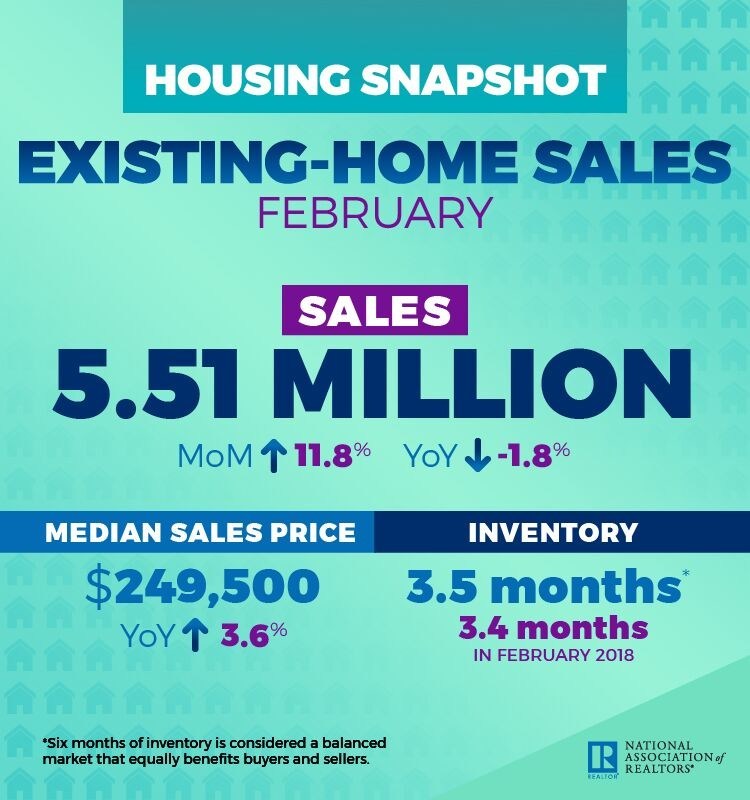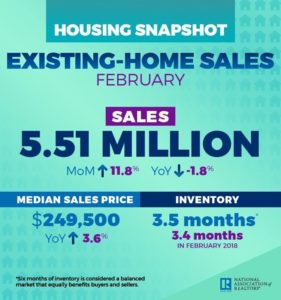TRENDING WHITEPAPERS,VIDEOS & MORE

matt
Plaza Home Unveils One-Time Close Construction-to-Permanent Loan Program
- Monday, 25 March 2019

Plaza Home Mortgage, Inc., a wholesale and correspondent mortgage lender, has unveiled a One-Time Close Construction-to-Permanent loan program designed for mortgage brokers and their borrower and builder clients.
The new program, which is offered through Plaza’s wholesale channel, provides 30-year fixed- rate financing to be locked-in at the beginning of a home-building project and the efficiency and cost savings of a single closing as opposed to dual closing.
[adbutler zone_id="326324"]
[adbutler zone_id="326327"]
[caption id="attachment_11233" align="alignleft" width="259"] Jeff Leinan[/caption]
Jeff Leinan[/caption]
“The borrower is approved for both the construction loan and a permanent 30-year mortgage at the outset of the project,” said Jeff Leinan, executive vice president for national wholesale production at Plaza Home Mortgage. “There is one closing and one set of closing costs, and the interest rate is locked during the construction period and has a float down option. This is just the kind of product that mortgage originators need to build their business.”
The program can be used for a number of owner-occupied primary residences and second home properties, and can cover construction periods of six, nine or 12 months. Standard conforming and high balance loan amounts are available with loan to value ratios of up to 70 percent. Closing costs may be financed, and there is no cost to the builder. The borrower is qualified at the beginning of the project and there is no need to re-qualify once the construction is completed.
Read more...Fannie Mae: 2019 Economic Growth Slowing
- Friday, 22 March 2019

Full-year real GDP growth is estimated to come in at 2.2 percent in 2019, unchanged from the prior forecast but down markedly from 2018’s 3.1 percent, according to the Fannie Mae Economic and Strategic Research Group’s March outlook.
The expected deceleration in growth is attributable to the fading fiscal impact from the Tax Cuts and Jobs Act, as well as continued sluggishness in business investment and consumer spending. Economic growth in the first quarter of 2019 is forecasted to slow to 1.3 percent--in part due to consumer caution following significant volatility in households’ financial assets in the fourth quarter.
Also, the ESR Group noted that risks to its forecast exist on the downside, including slower global growth and ongoing U.S.-China trade uncertainty, but that sustained improvement in productivity and the central bank policy response to fourth quarter volatility will play an important role in shaping the full growth picture.
[adbutler zone_id="326324"]
[adbutler zone_id="326327"]
The ESR Group continues to expect home sales to stabilize in 2019, with housing demand supported by a solid labor market and strong household formation. Affordability, too, has improved by slowing house price appreciation and more attractive mortgage rates. Purchase mortgage originations are expected to expand in 2019 while refinancings contract.
[caption id="attachment_9271" align="alignleft" width="300"] Doug Duncan[/caption]
Doug Duncan[/caption]
“We expect headline growth in the first quarter of 2019 to fall to 1.3 percent annualized--the slowest quarterly growth in over three years,” said Doug Duncan, Fannie Mae’s chief economist. “Growth is clearly on the decline, in line with our projection for 2.2 percent in 2019. As we weigh the downside risks to the economy, including moderating international growth and trade uncertainty, we now project that the Fed will wait until the fourth quarter to raise rates, if at all. However, some ground may have been broken on a path to improved growth, as productivity rose by 1.8 percent annually last quarter--a clear step above the well-trodden 1.0 to 1.4 percent band of the last few years.
“We continue to expect another year of steady home sales in 2019,” Duncan continued. “While inventory has improved, it remains low by historical standards, particularly among existing homes, and threatens to derail the spring home buying season, though a recent jump in single-family starts suggests that new supply is on the way. Considering the general inventory shortage and strong demand for housing, affordability remains a key challenge facing the industry, particularly in the conforming space.”
Read more...Existing Home Sales Surge in February
- Friday, 22 March 2019

Existing-home sales rebounded strongly in February, experiencing the largest month-over-month gain since December 2015, according to the National Association of Realtors. Three of the four major U.S. regions saw sales gains, while the Northeast remained unchanged from last month.
Total existing-home sales completed transactions that include single-family homes, townhomes, condominiums and co-ops, shot up 11.8 percent from January to a seasonally adjusted annual rate of 5.51 million in February. However, sales are down 1.8 percent from a year ago from 5.61 million in February 2018.
"A powerful combination of lower mortgage rates, more inventory, rising income and higher consumer confidence is driving the sales rebound," said Lawrence Yun, NAR's chief economist.
[adbutler zone_id="326324"]
[adbutler zone_id="326327"]
The median existing-home price for all housing types in February was $249,500, up 3.6 percent from February 2018, or $240,800. February's price increase marks the 84th straight month of year-over-year gains. Housing inventory at the end of February increased to 1.63 million, up from 1.59 million existing homes available for sale in January, a 3.2 percent increase from 1.58 million a year ago. Unsold inventory is at a 3.5-month supply at the current sales pace, down from 3.9 months in January but up from 3.4 months in February 2018.
"It is very welcoming to see more inventory showing up in the market," said Yun. "Consumer foot traffic is rising as measured by the opening rate of SentriLock key boxes." NAR's SentriLock data, for key access to unlock a home, was measurably higher in January and February compared to the second half of 2018.
[caption id="attachment_11200" align="alignleft" width="281"] At a Glance: 2019 Existing Home Sales[/caption]
At a Glance: 2019 Existing Home Sales[/caption]
Properties remained on the market for an average of 44 days in February, down from 49 days in January but up from 37 days a year ago. Forty-one percent of homes sold in February were on the market for less than a month.
Yun thinks the market would benefit in 2019 with additional new housing.
"For sustained growth, significant construction of moderately priced-homes is still needed. More construction will help boost local economies and more home sales will help lessen wealth inequality as more households can enjoy in housing wealth gains."
A typical homeowner accumulated an estimated $8,700 in housing equity over the past 12 months and $21,300 over the past 24 months.
First-time buyers were responsible for 32 percent of sales in February, up from last month and a year ago (both 29 percent). All-cash sales accounted for 23 percent of transactions in February, equal to January's percentage, but marginally down from a year ago (24 percent). Individual investors, who account for many cash sales, purchased 16 percent of homes in February, identical to January's 16 percent, but a tick up from a year ago (15 percent).
Distressed sales, foreclosures and short sales, represented 4 percent of sales in February, equal to both the 4 percent represented in January and at this time a year ago. One percent of February sales were short sales.
Single-family home sales sit at a seasonally adjusted annual rate of 4.94 million in February, up from 4.36 million in January and down 1.4 percent from 5.01 million a year ago. The median existing single-family home price was $251,400 in February, up 3.6 percent from February 2018.
Existing condominium and co-op sales were recorded at a seasonally adjusted annual rate of 570,000 units in February, unchanged from last month and down 5 percent from a year ago. The median existing condo price was $233,300 in February, which is up 3.1 percent from a year ago.
February existing-home sales numbers in the Northeast were identical to last month. The annual rate of 690,000 is 1.5 percent above a year ago. The median price in the Northeast was $272,900, which is up 3.8 percent from February 2018.
In the Midwest, existing-home sales rose 9.5 percent from last month to an annual rate of 1.27 million, roughly even to February 2018 levels. The median price in the Midwest was $188,800, which is up 5.4 percent from last year.
Existing-home sales in the South grew 14.9 percent to an annual rate of 2.39 million in February, down 0.4 percent from last year. The median price in the South was $219,300, up 2.5 percent from a year ago.
Existing-home sales in the West rocketed 16 percent to an annual rate of 1.16 million in February, 7.9 percent below a year ago. The median price in the West was $379,300, up 3 percent from February 2018.
Read more...



